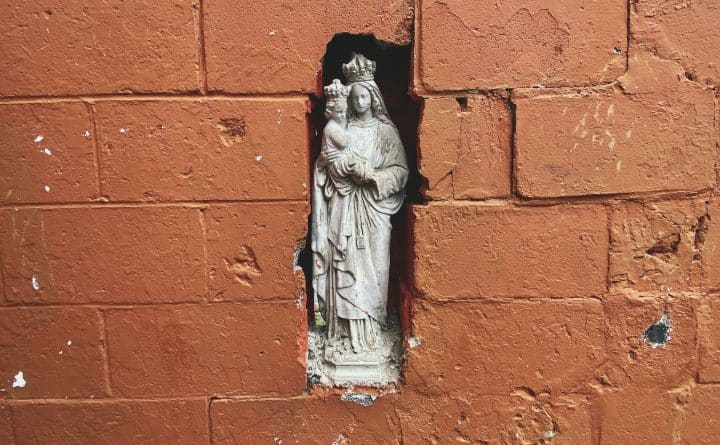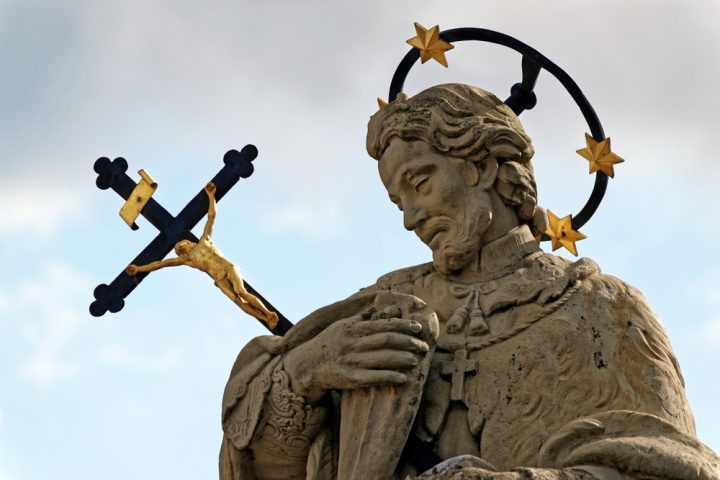
November 12, 2022
Josaphat, an Eastern Rite bishop, is held up as a martyr to Church unity because he died trying to bring part of the Orthodox Church into union with Rome.
In 1054, a formal split called a schism took place between the Eastern Church centered in Constantinople and the Western Church centered in Rome. Trouble between the two had been brewing for centuries because of cultural, political, and theological differences. In 1054, Cardinal Humbert was sent to Constantinople to try to reconcile the latest flare-up and wound up excommunicating the patriarch. The immediate problems included an insistence on the Byzantine rite, married clergy, and the disagreement on whether the Holy Spirit proceeded from the Father and the Son. The split only grew worse from there, centering mostly on whether to accept the authority of the pope and Rome.
More than five centuries later, in what is now known as Belarus and Ukraine, but what was then part of Poland-Lithuania, an Orthodox metropolitan of Kiev and five Orthodox bishops decided to commit the millions of Christians under their pastoral care to reunion with Rome. Josaphat Kunsevich, who was born in 1580 or 1584, was still a young boy when the Synod of Brest Litovsk took place in 1595-96, but he was witness to the results, both positive and negative.
Many of the millions of Christians did not agree with the bishops’ decision to return to communion with the Catholic Church and both sides tried to resolve this disagreement — unfortunately not only with words but with violence. Martyrs died on both sides. Josaphat was a voice of Christian peace in this dissent.
After an apprenticeship to a merchant, Josaphat turned down both a partnership in the business and a marriage to enter the monastery of the Holy Trinity at Vilna in 1604. As a teenager he had found encouragement in his vocation from two Jesuits and a rector who understood his heart. And in the monastery he found another soul mate in Joseph Benjamin Rutsky. Rutsky, who had joined the Byzantine Rite under orders of Pope Clement VIII after converting from Calvinism, shared the young Josaphat’s passion to work for reunion with Rome. The two friends spent long hours making plans on how they could bring about that communion and reform monastic life.
The careers of the two friends diverged when Josaphat was sent to found new houses in Rome and Rutsky was made abbot at Vilna. Josaphat replaced Rutsky as abbot when Rutsky became metropolitan of Kiev. Josaphat immediately put into practice his early plans of reform. Because his plans tended to reflect his own extremely austere ascetic tendencies, he was not always met with joy. One community threatened to throw him into the river until his general compassion and his convincing words won them over to a few changes.
Josaphat faced even more problems when he became first bishop of Vitebsk and then Polotsk in 1617. The Church there was literally and figuratively in ruins, with buildings falling apart, clergy marrying two or three times, and monks and clergy everywhere not really interested in pastoral care or model Christian living. Within three years, Josaphat had rebuilt the Church by holding synods, publishing a catechism to be used all over, and enforcing rules of conduct for clergy. But his most compelling argument was his own life which he spent preaching, instructing others in the faith, and visiting the needy of the towns. Josaphat became the first saint of the Eastern church to be formally canonized by Rome in 1867.
Other Saints We Remember Today
St. Martin I (654), Pope, Martyr



